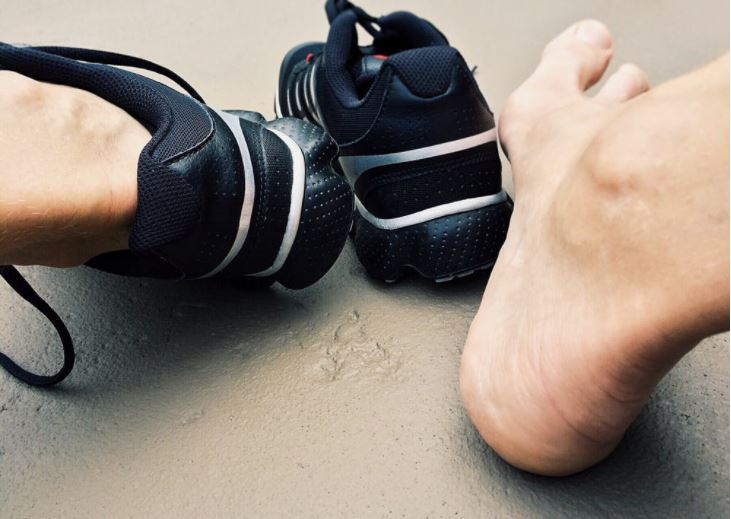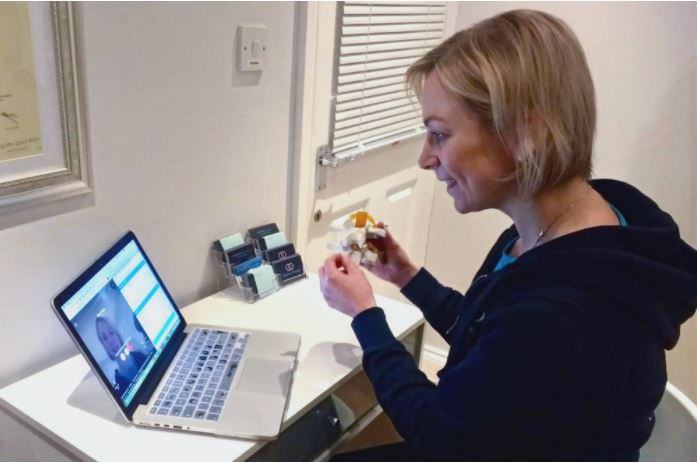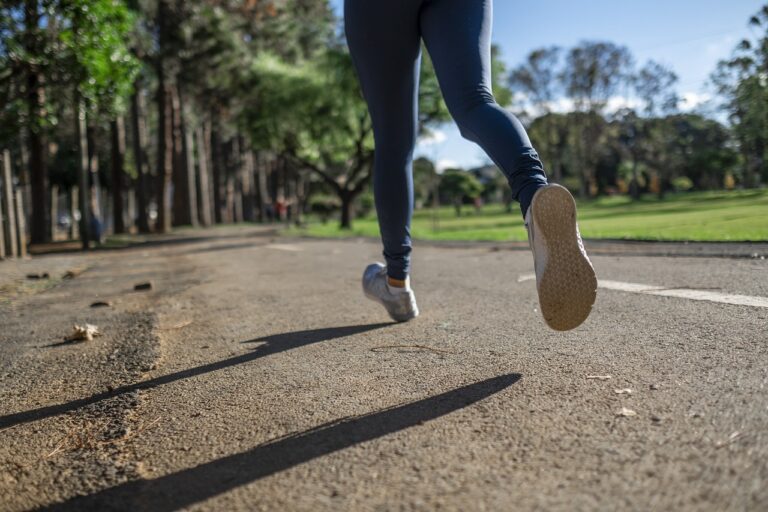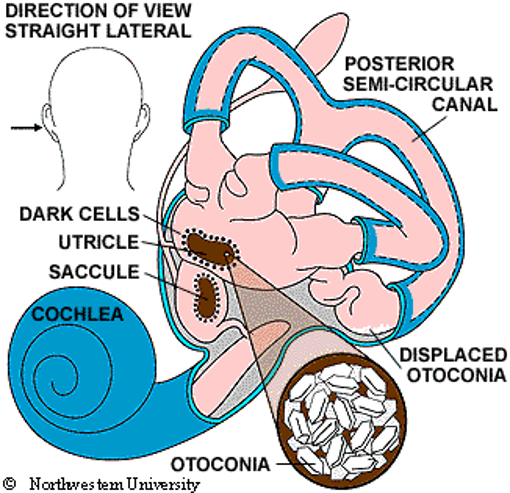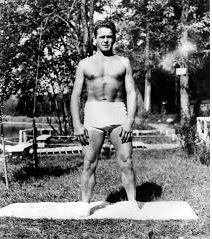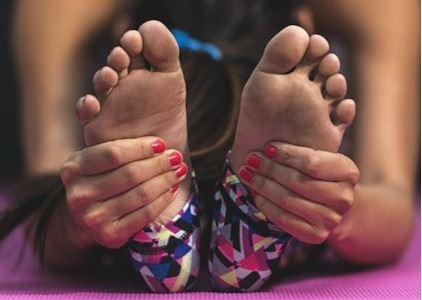How to recognise and treat your Achilles Tendinitis
I recently completed a Masters Degree in Advanced Physiotherapy, during which I delved into some areas more than others. One of these is a very debilitating problem causing back of the heel and ankle pain, Achilles Tendinitis, or Tendinopathy, as it is called now. How we manage it with physiotherapy is always evolving and I’m going to cover this meaty subject in 2 blogs so hopefully you can really get to grips with what it is and isn’t, and how you can help yourself recover.
What is Achilles Tendinopathy?
Achilles tendinopathy is a condition that causes pain, swelling and stiffness of the Achilles tendon. The Achilles tendon is the thick tendon connecting the calf muscles (gastrocnemius and soleus) to the heel bone (calcaneus). The calf muscles have a vital role in supporting their shared tendon and helping to absorb shock.
Injury to the Achilles tendon is now called a tendinopathy, rather than tendinitis, as it is believed to be a problem to do with degeneration rather than inflammation in the tendon. It can look and feel like it is inflamed as the Achilles can be hot, red and painful. However, when the damaged part of the tendon is investigated it doesn’t contain many inflammatory cells, meaning it doesn’t respond to rest and ice like an inflammation would. Instead the tendon cells in the area look disorganised and sparse as they have started to break down.
If you feel pain underneath your heel bone rather than behind it, then you may be suffering from plantarfasciitis rather than an Achilles tendon problem – read our blog post on plantarfasciitis here for more information.

What causes Achilles Tendinopathy?
The Achilles tendon is unfortunately vulnerable to overuse – when the tendon is unable to effectively transmit the forces passing through it, leading to some parts of it developing degeneration.
It is often in runners who have recently increased their training, or people who play sports only at the weekend, as the tendon is not very good at coping with sudden increases in activity. It also becomes more common as we, and our tendons, start to age. For more information on the factors that influence developing Achilles tendon problems, see the second part of this blog ,,here.
How do I know if I have a damaged my Achilles tendon?
There are a number of other conditions which can cause pain over and around the achilles so if the following symptoms don’t fit or you’re not sure, the best thing you can do is get your ankle assessed by an expert in injury management like the physiotherapists at Omnia Physio.
Most achilles tendon injuries affect either the middle of the tendon, about 2-6cm above the heel bone. This is called a “mid-portion Achilles tendinopathy”. However, the part of the tendon that attaches to the top of the heel bone may also be affected which is called an “insertional Achilles tendinopathy”.
Early signs of damage to the Achilles are pain and swelling of the Achilles tendon, ankle stiffness, and weakness of the calf muscles. The early swelling is actually the body’s attempt to cope with the stress on the tendon by making it stiffer! When you have an Achilles tendinopathy, you will notice pain behind the ankle which is worse when you are walking, running, or pushing up onto tiptoes, as these activities require force to travel through the Achilles tendon.
The ankle may feel stiff in the morning or after prolonged sitting. It may also feel worse the day after you have exercised. Sometimes the pain may subside once you start exercising only to return with a vengeance later.
Signs of pain and swelling are your early warning that the Achilles is starting to struggle with the load going through it. If the forces going through the tendon due to your training schedule or lifestyle are too high, the excess load will cause the tendon to start to change its structure, a process called degeneration. The good news if that if you catch this early, then the tendon is able to recovery completely. But if you leave it, the changes will eventually become irreversible.
How can I help my Achilles tendon heal?
Achilles tendinopathy is a commonly misunderstood condition, and it may be that many sufferers prolong their struggle with Achilles tendon pain because when they try to treat themselves, they do the exact opposite of what is actually needed. The usual method of treating soft tissue injuries (rest, ice, compression, elevation) doesn’t work for Achilles tendon pain and the problem comes back worse than ever when normal activities are resumed.
A familiar story? To find the right treatment, we need to understand what makes achilles tendinopathy different to other soft tissue injuries.
The secret to maintaining healthy tendons throughout the body is “load management”. The refers to the delicate balance of putting enough load through the Achilles tendon to keep it strong (much as muscles need exercise to maintain themselves), but not so much that it unable to repair itself. So, the load-repair balance might be out of kilter and we have developed Achilles tendinopathy because we aren’t fitting in enough rest days when we are training for a marathon for example.
But it doesn’t only apply to athletes like this! We can’t overlook the contribution of our lifestyles. We need to consider the effect of our everyday activities on the health of our tendons. The Achilles tendon can become sore from doing more hours at work, putting on weight, changing to a more manual job or walking the kids further to school for example. All these factors increase the amount of work that the Achilles tendon has to do and can contribute to an overload…and the beginnings of a tendinopathy.
The first step towards managing your condition and ultimately getting better is to have a look at all the activity you do in an average week, so that you can start working out what needs changing to allow you to kickstart your recovery. Rather than stop all activity, the best advice is to reduce what you do until you have reached a level that your Achilles tendon can cope with. Consider swapping a higher impact exercise like running for a lower impact one like swimming for example. Once the symptoms have settled you can gradually increase what you do as long as your Achilles tendon pain does not return.
I hope you’ve found this useful so far. In the next Achilles tendinopathy blog, I’ll be looking at the treatment options which have been shown to help so that you can then include them in your recovery plan.
If you want more bespoke help, why don’t you book yourself in for an expert assessment, and let us help you get the very best results, and most importantly make sure it doesn’t come back! Call us to discuss your needs or book online using our online booking system.
Make sure you read Part 2, and please like and share so that your friends and family who might benefit can have a read and put this advice into action too! Check out the sports injuries page on Omnia Physio too for more self-help!
Good luck!
Laura

